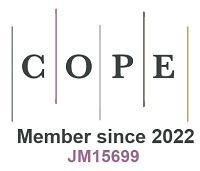fig7

Figure 7. (A) Synthesis process of the TiO2(A/B)-MS material and its corresponding (B) HRTEM image; (C) Discharge capacities at various C rates; (D) Discharge capacities for long-term cycling. Quoted with permission from Hwang et al.[79]; (E) Schematic illustration of the synthesis process of titania-based nanoarchitectures and their corresponding SEM images and (F) Cycling performance at 0.2 C; (G) Long-term cycling performance of 2D UNs⊂TC at 50 C. Quoted with permission from Xia et al.[82]. aTiO2/HDA: The titania oligomers by hydrogen-bonding to condense into a compact amorphous inorganic-organic shell; aTiO2/HDA@mcTiO2: a hybrid shell consisting of an amorphous inorganic-organic inner shell tightly confined by a mesoporous crystalline outer shell; mcTiO2: the HDA was partly removed, and a highly crystalline mesoporous shell; 2D UNs⊂TC: hierarchical nano configurations with the stepwise varying morphologies of 2D UNs vertically encapsulated in TiO2/carbon hollow nanospheres; MT@C: mesoporous hollow nanospheres consisting of graphitic carbon-coated TiO2 nanocrystals; HRTEM: high-resolution transmission electron microscopy; SEM: scanning electron microscope.








